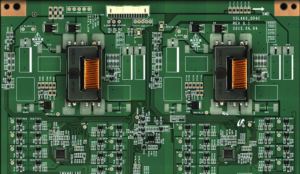PCB micro-slice resin selection benchmark
1, low peak temperature
If the peak temperature is too high, it will cause oxidation of copper and affect the observation of the slice under the microscope. When the powder is mixed, it will generate heat.
If the temperature is too high, the viscosity will increase, which will affect the penetration of the micropores.
Andwin specializes in the production of 1-8 layers of high-precision FPC flexible circuit boards, 2-8 layers of soft and hard board. The
2, low shrinkage rate
The cold inlaid material will shrink when cured. At this time, a gap is formed between the inlay material and the sample. When the sample is polished, some abrasives (such as silicon carbide particles on the sandpaper) may be embedded in the gap, and in the next process, the abrasive particles will be It is pulled out to create a deep scratch on the surface of the sample, which affects the grinding effect.
3, low viscosity
The mixed resin has a low viscosity and is good in fluidity,
which contributes to penetration of the resin into the micropores and depressed regions.
4,Transparency
The operator needs to see the exact location of the target area of the specimen through the mosaic resin.
Therefore, the resin is required to have good transparency.
5, five bubbles
After the resin powder is mixed and solidified, no bubbles are required, and the sample with bubbles is unacceptable.
The bubbles are black under the microscope, covering the areas that need to be detected.
6, strength
The resin has good strength to facilitate demolding and is not easily cracked during handling.
Email: sales06@andwinpcb.com
Grace Zheng

